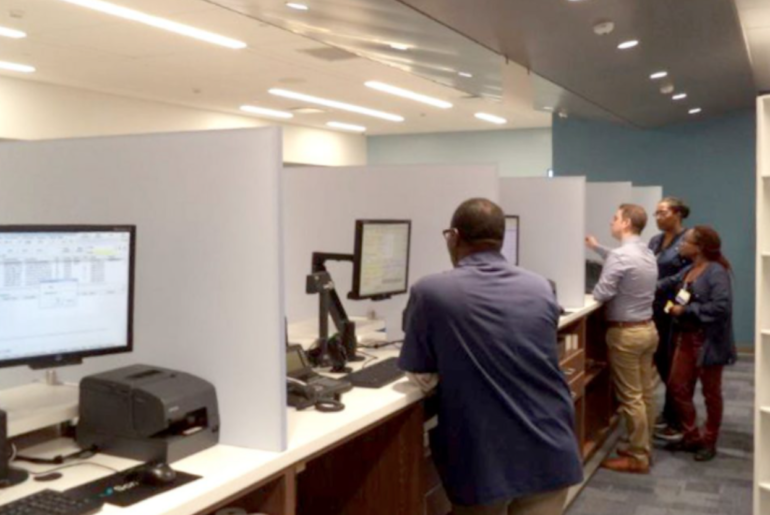Since dispensing solutions are so vital in the production sector, business are currently searching for methods to improve the dispense precision and quality by purchasing the most up to date in dispensing technology using semi-automated robot dispensing solutions. Is this an indication that robots will take our jobs? Will the use of robotic innovation leave dispense controllers jobless? Not always but investing in robot dispensing innovations would be an extremely smart company move for firms. Why is that? As a result of all the benefits it will offer a manufacturing firm.
Understanding Automation
Automation in manufacturing is used to execute repeated and mundane procedures and jobs with limited or no human involvement. Today, it consists of software program and hardware to regulate procedures via computer coding. AI, big data, robotics, and the internet of things now improve and enhance the opportunities for making automation.
Before the development of advanced communication protocols, such as Modbus and Ethernet, systems and work cells could not effortlessly communicate. Today, the term island of automation describes a caged automatic system in an or else hands-on manufacturing facility. Separated work cells rely on the efficient organizing of tasks and on human and mechanical steps. Islands of automation remove the requirement for inline buffers and allow for less complicated item transition. They are excellent for producing a minimal range of different, associated items in smaller sized quantities.
Robotics Process Automation
In RPA, programmers write code that automates jobs and the user interface at the back end by utilizing Application Programming Interfaces (APIs). The robotic automation engages with the available IT facilities, and there is no need of the challenging system synthesis. RPA is configured to automate many back-office operations, workflow and framework.
These processes are normally labor-intensive, and they can easily integrate with customer gateways, internet sites, and the many internal applications. RPA is a collection of commands executed by crawlers, sticking to the pre-defined set of rules. The major aim of RPA is to remove the repetitive and boring jobs executed by humans.
Automation Application
Companies might utilize automation for machining, creating, and forming parts, along with for assembling products. The manufacturing facility automation infrastructure defines the total collection of structures, tools, utilities, processes, and products called for to create a given product or associated series of items. Following are both types of industries– factory and microelectronics– that utilize automation and robotics applications.
The method these robotic innovations have become so effective is by developers carrying out experiments on customer items to make certain they’re supplying and establishing a precise robot dispensing innovation that will give the most effective outcomes possible. Due to the fact that these robotics offer such high-quality items, it’s no wonder why they’re suitable solutions for adhesives and bonding in different markets.

